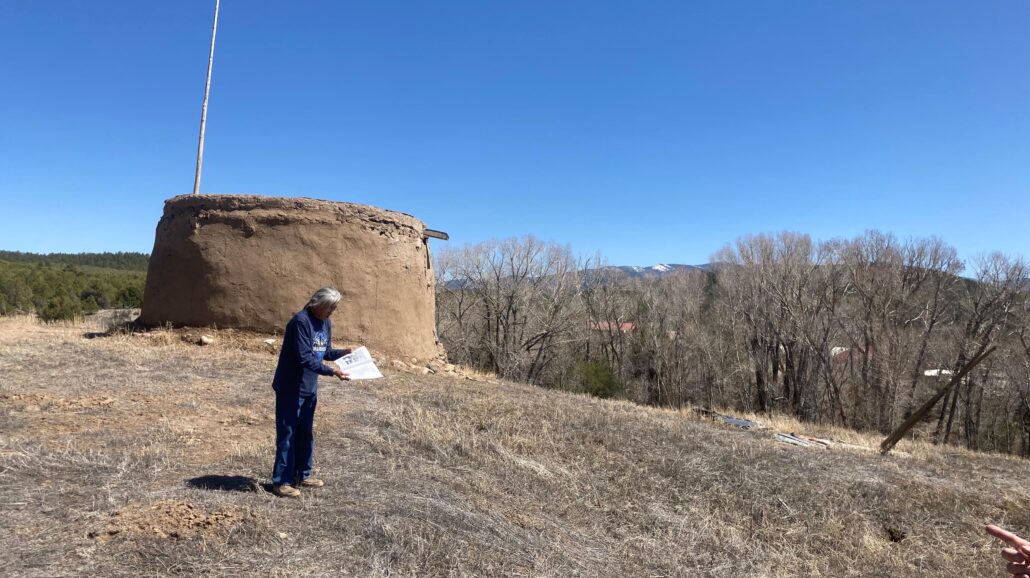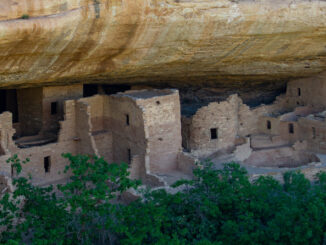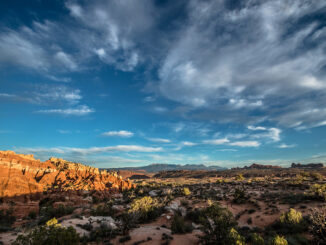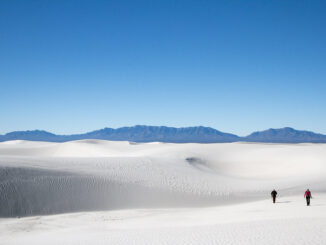
For centuries, members of the Picuris Pueblo indigenous tribe of central New Mexico, USA maintained that their people originated from the Chaco Canyon region 275 kilometers further to the west, in present-day Navajo country.
Now, DNA has proven that these ancient tales are true.
In a groundbreaking study out now in the scientific journal Nature, a team of scientists working in collaboration with Picuris Pueblo leadership say a genetic study shows conclusively that this small tribe residing near Taos can trace its lineage to Chaco Canyon.
The Chaco Canyon protected region sits on the edge of the Navajo Nation and is home to the federally managed Chaco Culture National Historic Park.
Scientists and tribal leadership revealed the findings during a press conference held last week. The extensive investigation is a collaboration between the tribe, Southern Methodist University, and the University of Copenhagen.
“The results show a very strong relationship between both ancient and present-day Picuris individuals,” said Thomaz Pinotti, a University of Copenhagen PhD student and the lead author.
Picuris Pueblo Governor Wayne Yazza said the effort was long overdue but marks a major turning point in his tribe’s relationship with the Chaco Canyon region. The discovery may give the tribe a seat at the table in discussions over the Canyon’s conservation and management.
“It’s something that we thought would benefit our community, our tribe…finding our roots back to Chaco.” Governor Yazza said.
The researchers said they sequenced the genomes of 16 ancient Picuris individuals who lived in Chaco Canyon from about 500 to 700 years ago and compared those results to the genomes of 13 living members of the tribe.
The team said their results matches the Picuris Pueblo’s oral history—there is a close and unbroken genetic link between the two groups.
“The results support a genetic continuity between these populations, demonstrating that the ancient and present-day Picuris are closely related,” the study concluded. “Additional comparisons with previously available genome-wide data from individuals buried in Pueblo Bonito, in Chaco Canyon, reveal that the ancient Picuris are closely linked to the Chaco Canyon populations.”
The authors say their research effort is a first of its kind.
“To our knowledge, it’s the first time that a federally recognized tribe has requested themselves, to their ancestry and history being investigated, being studied using DNA,” said Professor Eske Willerslev of the University of Copenhagen.
SMU professor Mike Adler said he and the other authors were honored to be a part of an investigation that confirms what the tribe has maintained for a long time—that its roots can be traced to Chaco Canyon back to at least the year 900.“
The study itself started not only because of this partnership, this embracing of archaeology and understanding of the past from Picuris’ perspective,” Adler explained, “but also from somewhat frustration that Picuris Pueblo tribal nation has for a long time felt left out of conversations dealing with the preservation of Chaco Canyon.”
Park Info
Park:
Chaco Culture National Historic Park
Location:
New Mexico, USA
More information:



